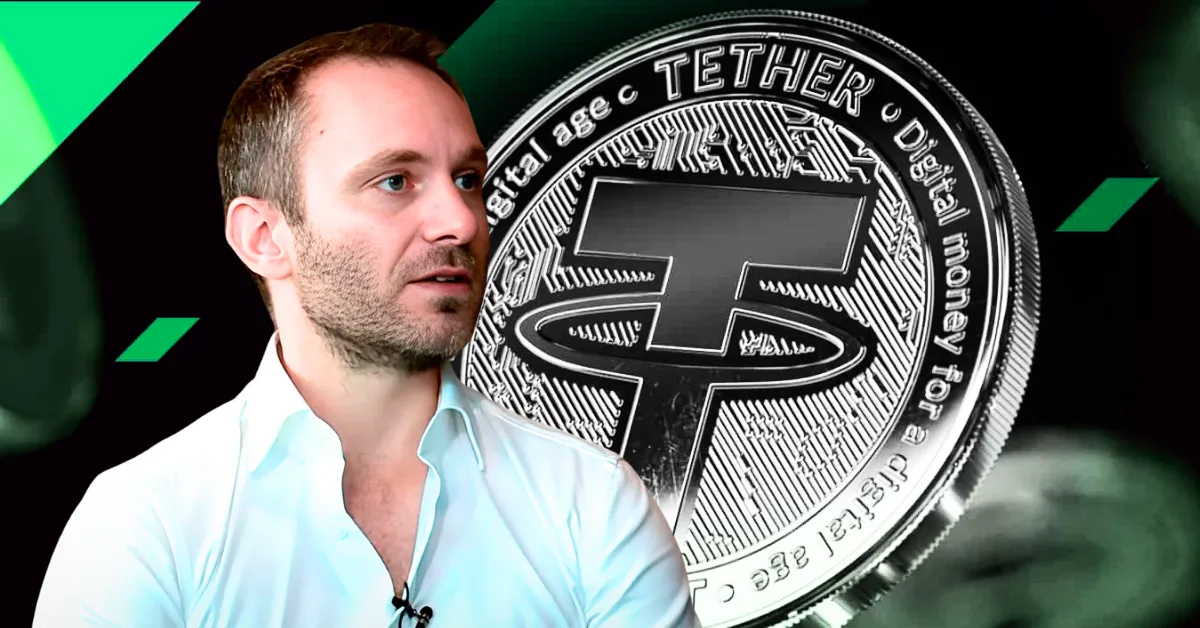Tether’s Strategic Resurgence in the U.S. Market: A Comprehensive Analysis
Introduction: A Calculated Return to the Forefront
Tether, the issuer of USDT—the world’s most widely used stablecoin—is making a bold and strategic return to the U.S. market. This move is not merely a tactical adjustment but a full-scale re-engagement driven by evolving regulatory frameworks and a clear vision for the future. After years of navigating regulatory uncertainties and focusing on international markets, Tether is now poised to leverage its massive scale and influence to capture a significant share of the U.S. stablecoin market. This decision sets the stage for a high-stakes competition with rivals and regulators, with far-reaching implications for the broader crypto ecosystem.
The GENIUS Act: A Regulatory Turning Point
The GENIUS Act, a landmark piece of legislation, has provided Tether with the regulatory clarity it needed to re-enter the U.S. market. This act establishes a clear framework for stablecoins, particularly those issued by foreign entities, effectively removing a significant barrier to Tether’s operations. The legislation not only clarifies the rules but also signals a broader shift in U.S. policy toward digital assets, indicating a willingness to embrace innovation while mitigating risks.
For Tether, the GENIUS Act is more than just a regulatory green light—it is a catalyst for growth. The act provides the certainty that institutional investors require before committing significant capital to the crypto space. This regulatory clarity is crucial for Tether’s ambitions, as it allows the company to focus on scaling its operations without the constant threat of legal challenges or regulatory crackdowns.
Institutional Focus: A Strategic Pivot
Tether’s U.S. strategy is centered around institutional clients, a departure from its previous focus on retail users. CEO Paolo Ardoino has emphasized that the company aims to provide stablecoin solutions for payments, interbank settlements, and trading. This shift is driven by several factors, including the potential for large-volume transactions, higher profit margins, and enhanced legitimacy.
By catering to institutional clients, Tether can tap into a market that demands robust, compliant, and scalable solutions. The company’s offerings could include facilitating cross-border payments, enabling instant settlements, and providing on-chain liquidity for decentralized finance (DeFi) protocols. These services not only align with the needs of institutional investors but also position Tether as a key player in the evolving financial landscape.
The Stablecoin Showdown: Tether vs. Circle
Tether’s re-entry into the U.S. market sets the stage for a fierce competition with Circle, the issuer of USDC, the second-largest stablecoin. Circle has been actively courting U.S. institutions and regulators, positioning itself as a compliant and trustworthy alternative to Tether. The competition between these two giants will likely unfold on multiple fronts, including regulatory compliance, technological innovation, and strategic partnerships.
While Circle is often seen as the more “regulation-friendly” option, Tether’s dominance in the stablecoin market is undeniable. As of late June 2025, USDT’s supply had reached a staggering $156.1 billion, significantly outpacing its competitors. Tether’s existing network effects and brand recognition give it a substantial advantage in the U.S. market, but Circle’s regulatory compliance and institutional partnerships could pose a significant challenge.
Diversification and Innovation: Beyond Stablecoins
Tether’s ambitions extend beyond stablecoins. The company is actively diversifying its investments and exploring new opportunities in the broader digital asset ecosystem. Tether Investments, the company’s independent investment arm, recently acquired a significant stake in La Mancha Investments, a gold royalties firm. This move signals a growing interest in alternative asset classes and a desire to hedge against potential risks in the crypto market.
Furthermore, Tether is reportedly building a decentralized rival to OpenAI’s model, indicating its ambition to compete in the rapidly evolving field of artificial intelligence. This bold move could potentially position Tether as a leading player in the convergence of crypto and AI, further expanding its influence in the technology and financial sectors.
Challenges and Roadblocks: Navigating the U.S. Market
Despite its ambitious plans, Tether faces several potential challenges in the U.S. market. Regulatory scrutiny remains a significant concern, as the company will need to demonstrate its ongoing commitment to compliance and transparency to avoid potential penalties or restrictions. The risk of regulatory changes or new rules could negatively impact Tether’s operations, requiring the company to remain agile and adaptable.
Additionally, the potential launch of a U.S. Central Bank Digital Currency (CBDC) could pose a significant threat to Tether’s market share. If a CBDC offers similar functionalities as a stablecoin but with the backing of the U.S. government, it could quickly displace USDT and other privately issued stablecoins. Tether must also maintain trust and transparency, addressing past criticisms regarding its reserve management practices.
Finally, the cryptocurrency market’s volatility could impact Tether’s stability and reputation. The company must be prepared to weather market downturns and maintain its peg to the U.S. dollar, ensuring the long-term success of its U.S. operations.
Conclusion: Shaping the Future of Finance
Tether’s decision to double down on the U.S. market is a pivotal moment for the stablecoin industry. With the GENIUS Act providing a regulatory framework, Tether is ready to compete head-to-head with Circle and other players for dominance in the U.S. market. This move is not just about market share; it’s about shaping the future of finance.
Tether’s success in the U.S. could pave the way for wider adoption of stablecoins and other digital assets, transforming the way we transact and interact with the financial system. While challenges remain, Tether’s ambition and resources are undeniable. The coming years will be a fascinating period to watch as Tether navigates the U.S. regulatory landscape, innovates its product offerings, and strives to solidify its position as the leading stablecoin issuer in the world. One thing is certain: Tether’s U.S. play will have a profound impact on the future of crypto.











